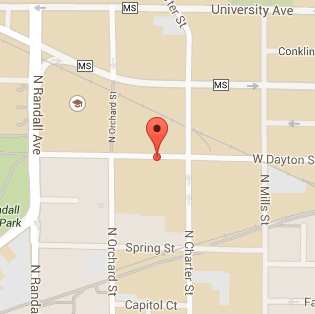This system features an MAP 215-50 mass spectrometer attached to a custom-made metal ultra-high vacuum (UHV) gas extraction and clean-up line. The UHV line comprises a -300 cm3 manifold with two chambers—each with a 6 cm diameter ZnS viewport—that are accessible to a 25 W CO2 laser. An automated air pipette is used to measure mass discrimination. The dual furnace/laser chamber design allows loading samples and pumping parts of the line while continuing measurements, thus down-time from breaking vacuum to change samples is minimized. The mass spectrometer is equipped for measurements directly into a single Faraday cup fitted with a 1011 ohm resistor, or through a 90o electrostatic filter onto a Balzers SEV-217 electron multiplier operated in analog mode with a 109 ohm resistor. To suppress spectrometer background and extend the lifetime of the ion source filament, we exclusively measure samples of <10-13 moles of argon using the electron multiplier at a gain of 120 relative to the Faraday cup. The sensitivity is 1.4 x 10-14 moles of 40Ar/Volt, enabling measurements of samples ranging from sub-milligram sanidine crystals of Eocene or older age to ~50 mg of groundmass from K-poor Pliocene-Pleistocene basalts, andesites, and rhyolites. The mass resolution is 550 which yields singular peaks for all masses. The system is pumped via a pair of turbo-molecular and ion pumps, as well as three SAES GP50 getters, resulting in low and stable blanks, ~5×10-16 and 2×10-18 moles of of 40Ar and 36Ar, respectively. Output signal files are read by the ArArCALC freeware program that allows flexible reduction, archiving, and exportation of data into internet databases.
A typical analysis takes about 30 minutes on this system, including lasing for 60 seconds, gas clean up for 120 to 300 seconds, expansion of gas into the spectrometer for 45 seconds, and peak scanning for eight cycles across masses 40, 39, 38, 37, and 36 for 15 minutes. Once the peak scanning is completed, the entire system is pumped out for 15 minutes prior to repeating the process for the next sample. Considering the pump-out time, this fully-automated system can complete 30 measurements each day, including system blanks, air pipettes, and samples.
![[UW-Madison Crest]](https://geochronology.geoscience.wisc.edu/wp-content/themes/uw-wiscar2015/library/images/uw-crest.png)
![[WiscAr Logo]](https://geochronology.geoscience.wisc.edu/wp-content/themes/uw-wiscar2015/library/images/wiscar-logo.png)

![[Photo: Brian with MAP 215 50 system]](https://geochronology.geoscience.wisc.edu/wp-content/uploads/2014/12/Brian-w-MAP-215-50-system-1024x768.jpg)